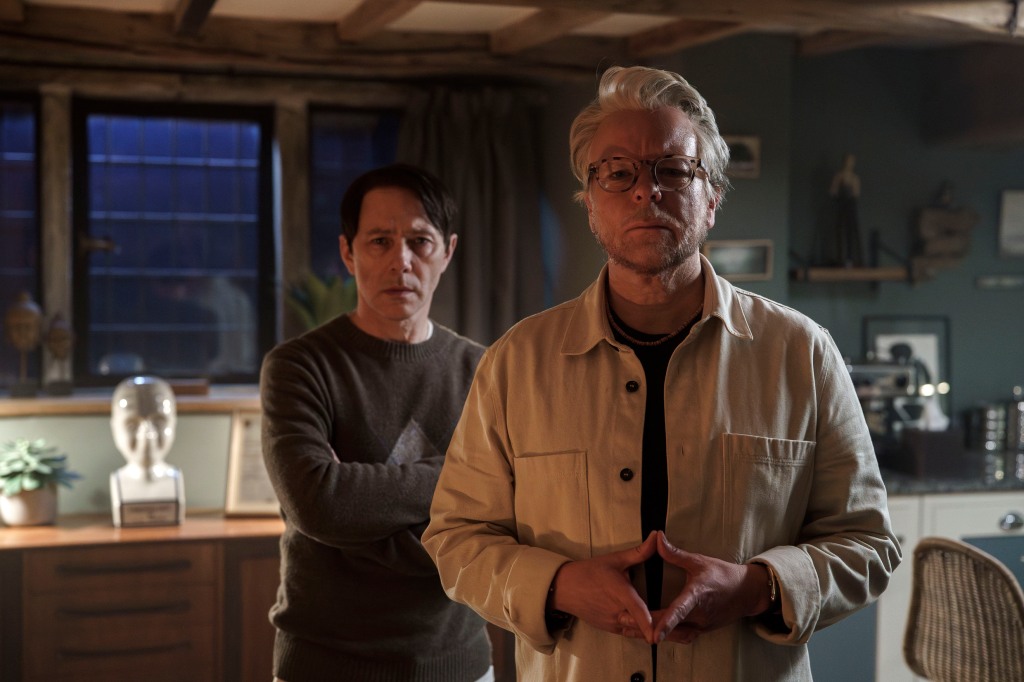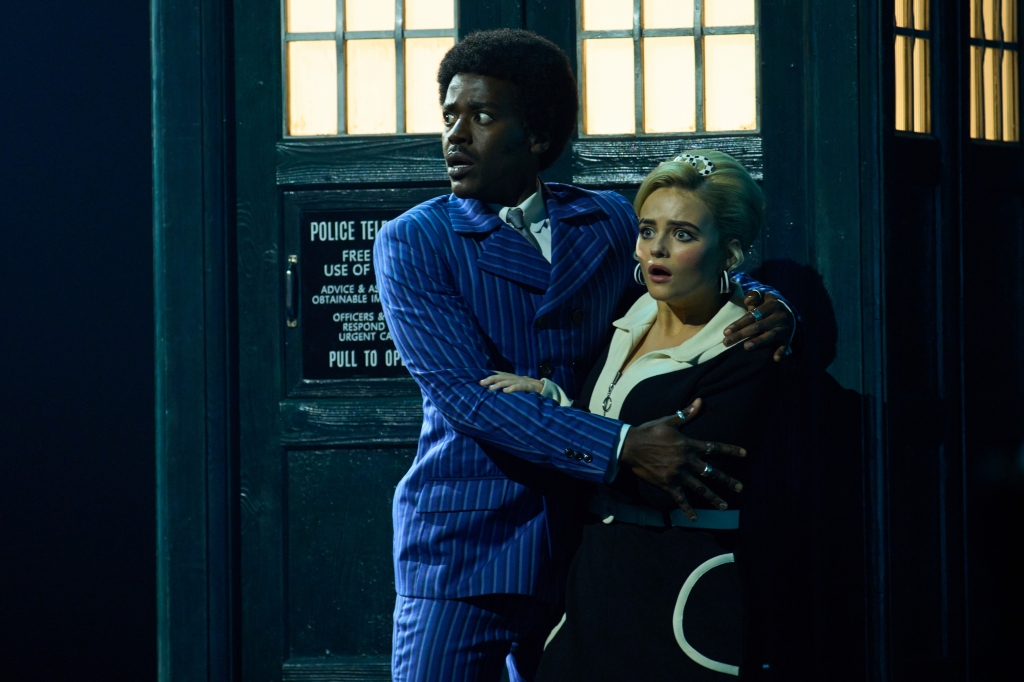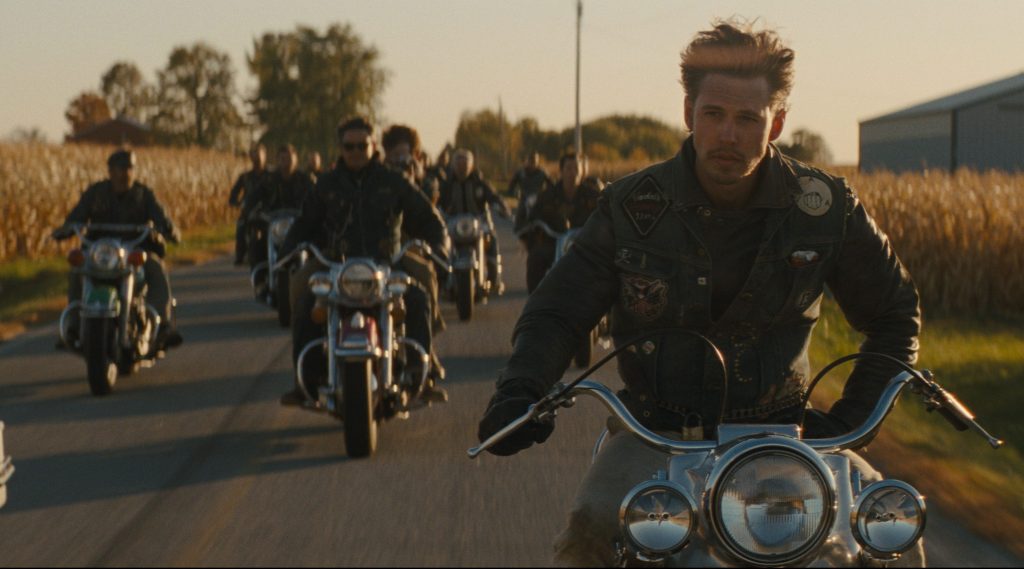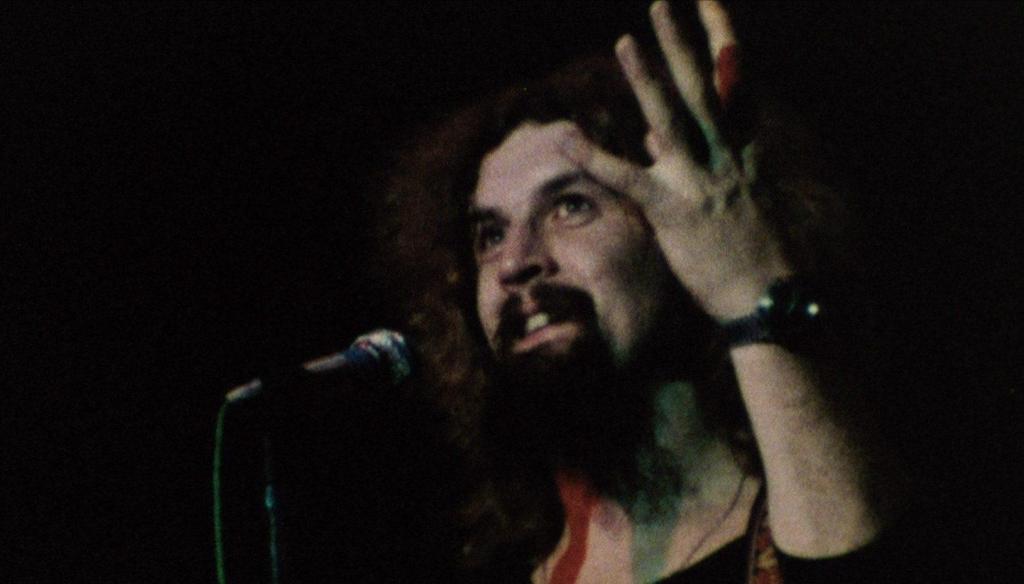When The Last of Us first launched on the Playstation 3 in 2013, the reaction was almost unanimously positive. Hailed as one of the greatest video games of all-time, Neil Druckmann and Bruce Straley‘s post-apocalyptic horror drama presented players with an immersive and emotionally charged survival story that had seldom been seen in video games before. Blending an engaging narrative and a fully-realised post-apocalyptic world with morally questionable characters and unrelenting horror, the game set a new gold standard for the industry in terms of how far creators could match (and even outmatch) more traditional storytelling formats like film and television. Many commentators at the time noted how the game’s layered, twist-driven story played out in a manner akin to watching an HBO Series boxset. How very appropriate (and kind of fascinating) then that ten years on, that very bastion of quality television has adapted the story into a blockbuster television series.

With Druckmann at the helm alongside Chernobyl creator Craig Mazin, there’s immediately a sense that we’re in safe hands here, especially once the strings of original composer Gustavo Santaolalla‘s haunting main theme begin to play over a beautifully rendered and inventive title sequence. Clearly, this is an adaptation that knows what made the original work resonate with millions of fans, and the sheer amount of creative effort to keep that all intact in the translation from game to television is evident throughout the show’s opening instalments.
The aforementioned pilot episode, Lights Out, is a slightly clunky affair, owing mainly to some off-kilter pacing, but otherwise it serves as a decent adaptation of the game’s prologue and its opening few chapters. Despite kicking off with an interesting flashback that introduces the threat of the mutated Cordyceps fungus that hangs over the entire story, fans of the game will be in familiar territory for the most part, as events pretty much follow the plot of the game’s opening hours right down to almost every line of dialogue. New material is scant, but what little we do get serves to colour the world in a bit more and add further detail to an already fully-formed setting. Gamers will get a kick out of noticing the parallels between the game and the show (with the creators even recreating some key moments from the former here shot-for-shot) and the inherent drama remains blisteringly effective, even if many viewers will have already seen it all a hundred times over in video game form.

Episode 2 is a corker of an episode though, with a more focused plot, our first glimpse of the devastated Boston and, perhaps most importantly, an introduction to the nightmarish Clickers that roam it. There’s some nice new details added to the mythology which serves to increase the threat levels, which in turn make up for some of the missing game mechanics that would be unworkable in televisual form. The direction from Druckmann (a first time Television director) is excellent, especially in the devastating final moments that adapt (but slightly deviate from) one of the game’s more dramatic moments, proving that this isn’t just a simple copy + paste job. As a result, there’s hope from here on in that the show will continue to balance the familiar and the new in similarly effective ways.
Speaking of familiar, the visual and aural aesthetic of the game thankfully remains intact in this new live action setting. From the design of the sets and costumes to the terrifying creature effects and sumptuous musical score, the world of The Last of Us is recreated to a nigh-on perfectionist level for TV. The Clickers in particular are a sight to behold thanks to wonderful work by the prosthetics team, whilst the use of the iconic Clicker sound design from the game immediately thrills and chills upon first hearing it here. In terms of the production, the showrunners and creatives involved should be applauded for their efforts in taking the computer generated world of the game and bringing it to life in such vivid, painstaking detail onscreen.
One major element is unfortunately missing though and that’s the big scares. Anyone who’s played the original games knows how unapologetically far they are willing go in terms of the horror aspect, and whilst there’s moments that provide a few little jumps here and there, the scares never quite hits the visceral heights of the games (well, at least in these opening episodes). Naturally, the immersive nature of the games is never going to fully translate to the television screen in quite the same way, but there’s a slight concern early on that the intensity and effectiveness of the game’s central threats aren’t as big as they should be. Time will tell whether this is the case for the remainder of the series though, especially now that a lot of the introductory work is done by the time credits roll on the second episode.

A show like this lives and dies on its cast first and foremost though, and thankfully the showrunners have come up trumps with Pedro Pascal and Bella Ramsay in the lead roles of Joel and Ellie. These two Game of Thrones luminaries have more than enough in the way of incredible acting chops to take on the story’s two key roles and their chemistry onscreen is evident from the off. Ramsay’s casting is particularly inspired – the young actor immediately convinces as Ellie in terms of spirit and attitude, her scenes with Pascal and Anna Torv‘s Tess showcasing her talent for wit and her infectious enthusiasm for the role in a way that will silence all doubters. Pedro Pascal as Joel is a bit harder to get the measure of from the first episode, largely due to the necessary sidelining of his character in order to set circumstances up, but come the introduction of Ellie and his first scenes with her, we begin to see just how perfect his casting is for this particular role.
As adaptations go, The Last of Us has all the early signs of a good one thus far, thanks to the excellent casting, incredible writing and the stunning attention to detail on the part of the production team. The decision to almost-completely replicate the game’s characters, settings and events right down to every tiny fibre is inspired and the end result works in service to an already superb plot. The opening episodes stick heavily to the existing material but does so to a positive effect, and the end result is an entertaining and investing bit of entertainment. Whether this decision to stick close to the existing material serves as a detriment in the long run remain to be seen, but early evidence suggests that this new iteration of the video game has plenty to offer in terms of fresh ideas in and amongst the existing elements.







![The Cat And The Canary Blu-ray review: Dir. Paul Leni [Masters Of Cinema]](https://criticalpopcorn.com/wp-content/uploads/2024/04/image-5.png?w=1024)




![Crimson Peak Limited Edition 4K UHD review: Dir. Guillermo del Toro [Arrow Video]](https://criticalpopcorn.com/wp-content/uploads/2024/04/crimson-peak-4k-arrow-video-highdef-digest-full.jpg?w=1024)
Post your thoughts